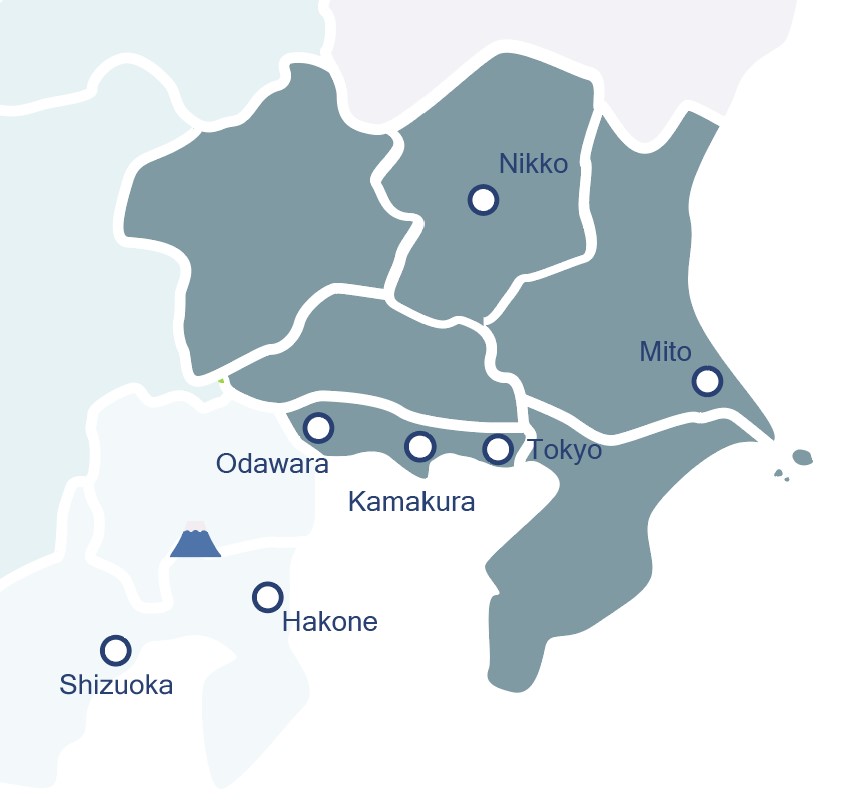
The region includes the Tokyo metropolitan area. After the first Samurai government was established at Kamakura in 1185, the Hojo clan subdued a vast area of the eight provinces of Kanto in the Warring States period (15C-16C). In 1600, Tokugawa Ieyasu, the great Samurai won against the Toyotomi Clan at the Battle of Sekigahara, which was the largest battle by dividing the entire Samurai in Japan, and he established the Edo shogunate in 1603, centering on Edo Castle (the current Imperial Palace) and achieved the unification of Japan aiming the peace world. This remained the center of the Samurai government until the Taisei Hokan (the Return of Political Power to the Emperor) or the Meiji Restoration in 1868. The Meiji government requested that Emperor Meiji enter the Edo Castle in 1869 moving from Kyoto. Kanto remains many historical sites that are the living testimony of many samurai, feudal lords, emperors, cultural figures such as castles, temples, shrines, museums, and the seasonal scenery.
Castles
Edo Castle
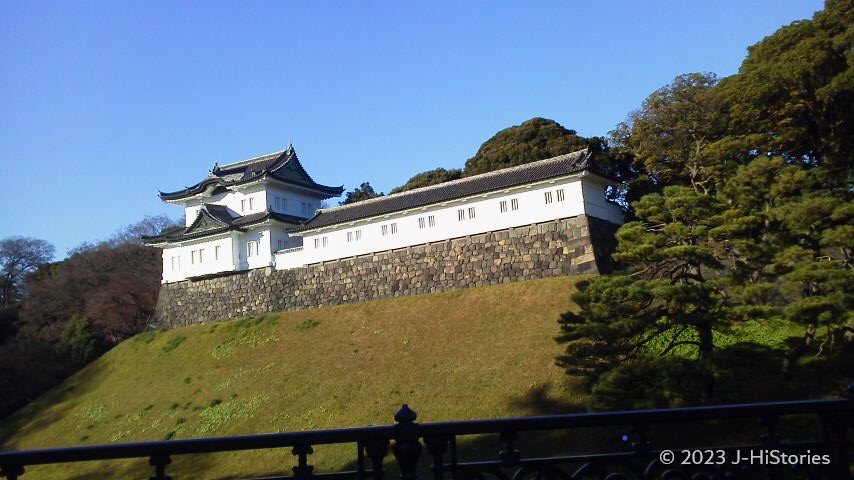
Successive Tokugawa Shogun's residence and the headquarters of Tokugawa Shogunate during the Edo Period, now the Imperial Palace
Sakuradamon Gate
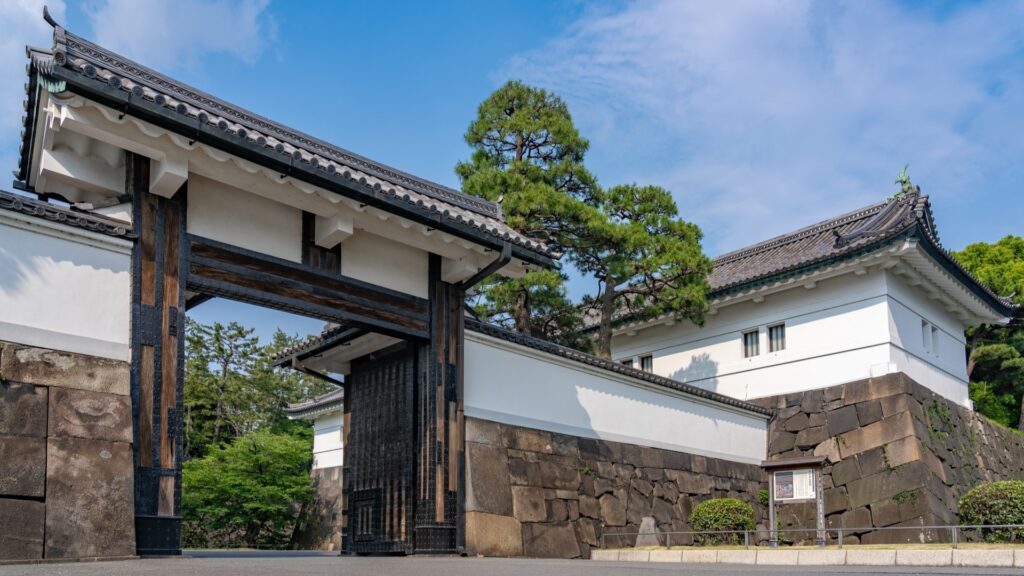
Here, Ii Naosuke, the highest rank retainer, was assassinated, triggering the Meiji Restoration. It was one of the gates of Edo Castle.
Odawara Castle
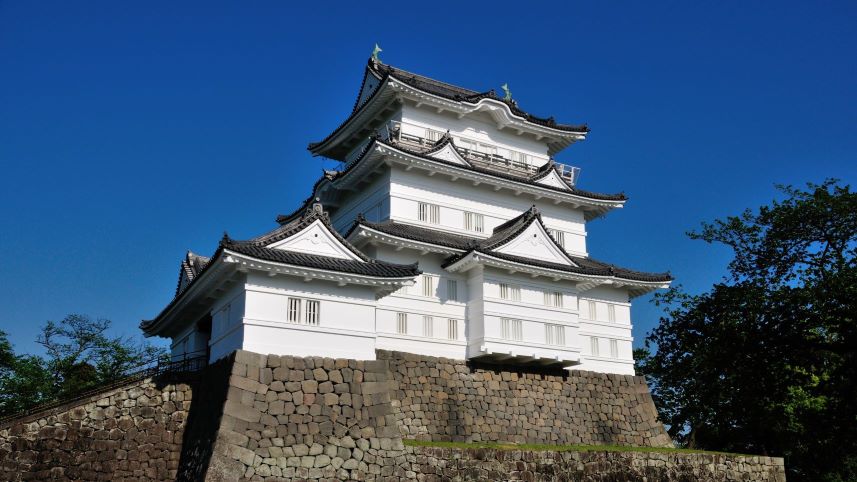
The pioneer and the last Warlord, the Hojo clan gained hegemony in the Kanto region for 100 years over five generations.
Shrines and Temples
Meiji Jingu Shrine
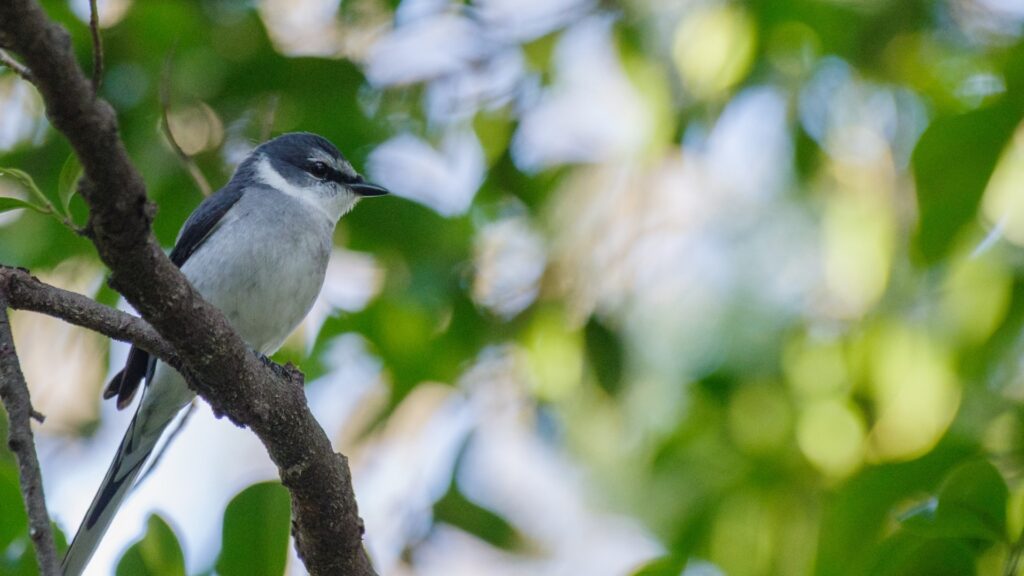
Surrounded by the metropolis of Tokyo, the Meiji Jingu Forest is a sanctuary for living creatures. More than 110,000 volunteers built it to commemorate Emperor Meiji's virtues.
Nikko Toshogu Shrine
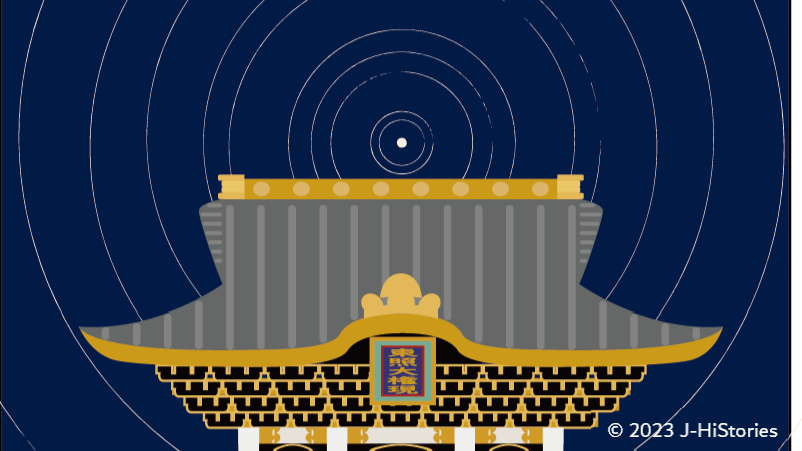
Polaris, the lord Tokugawa Ieyasu spirit, is positioned directly above the center of Yomeimon gate. Why was this gate built like this? One theory says that his spirit has protected the successive Shoguns and Edo castle.
Kunozan Toshogu Shrine
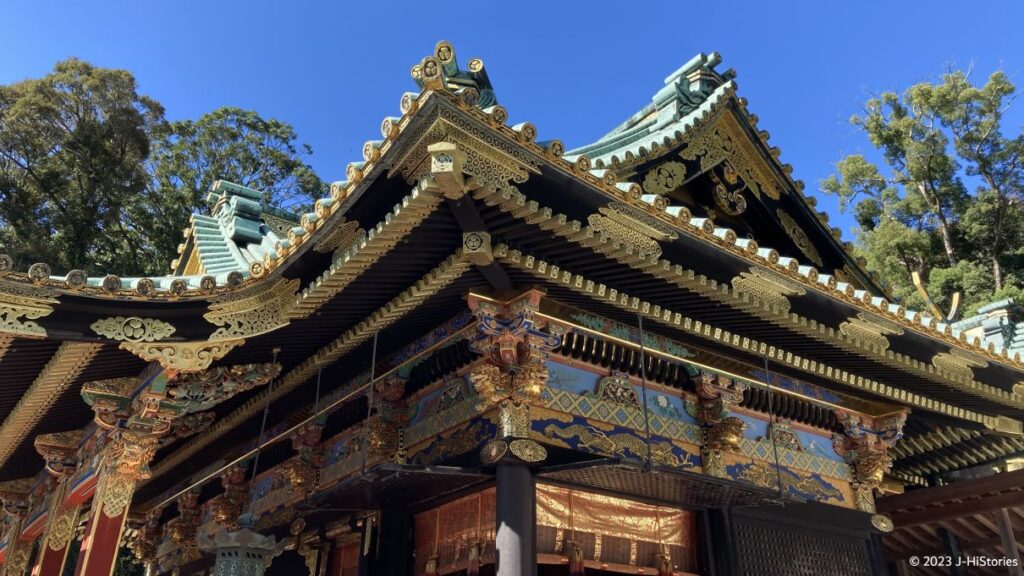
Enshrines Lord Tokugawa Ieyasu near his final residence at Sunpu Castle according to his last will. Its beautiful decorative shrine attracts you.
Hachimangu Shrine
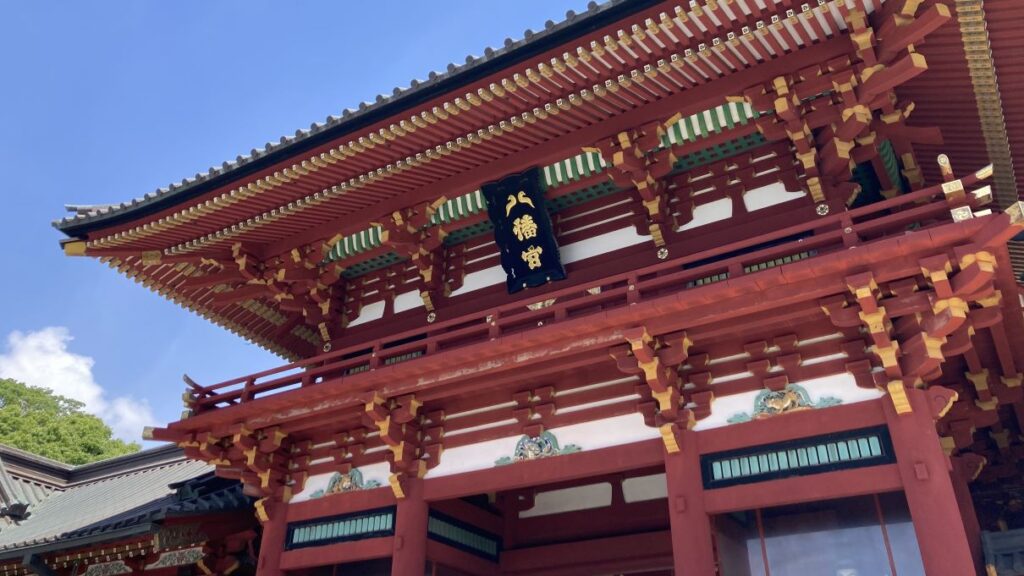
Tsurugaoka Hachimangu Shine is the center of Kamakura, the birthplace of the Samurai period established by Minamoto Yoritomo.
Engakuji Temple
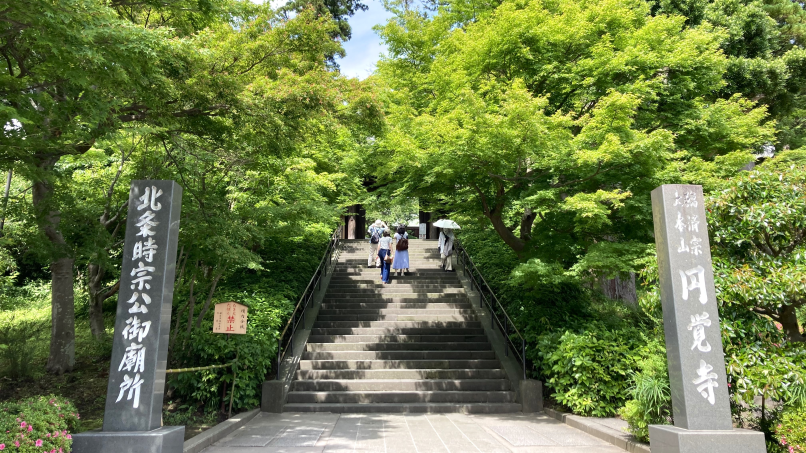
Engakuji in Kamakura was founded in 1282 by regent Hojo Tokimune after overcoming Mongol invasions, intending to protect Japan, promote Zen teachings, and mourn for all war victims on both sides.
Kashima Jingu Shrine

The Kashima's God of War, Takemikazuchi Okami, is enshrined at Kashima Jingu Shrine in Chiba Pref. Its achievements are the foundation of ancient Japan.
Others
The Imperial Palace
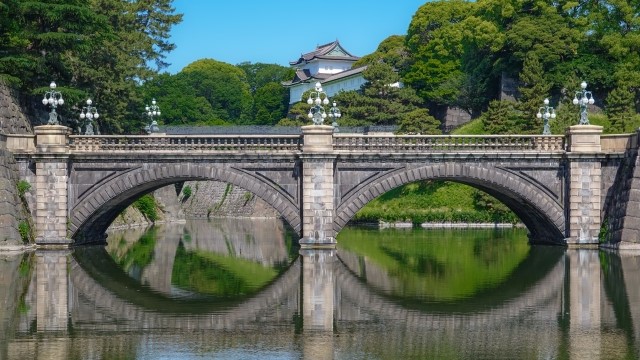
The emperor’s role, inherited over generations is the chief and father or mother of the people. The history of emperors spans over 2,600 years.
Koishikawa Korakuen

Located at the center of Tokyo, Lords of the Mito Tokugawa Family, Yorifusa and Mitsukuni, created the garden. You can enjoy a journey from Edo to Kyoto here.
Kairakuen in Mito
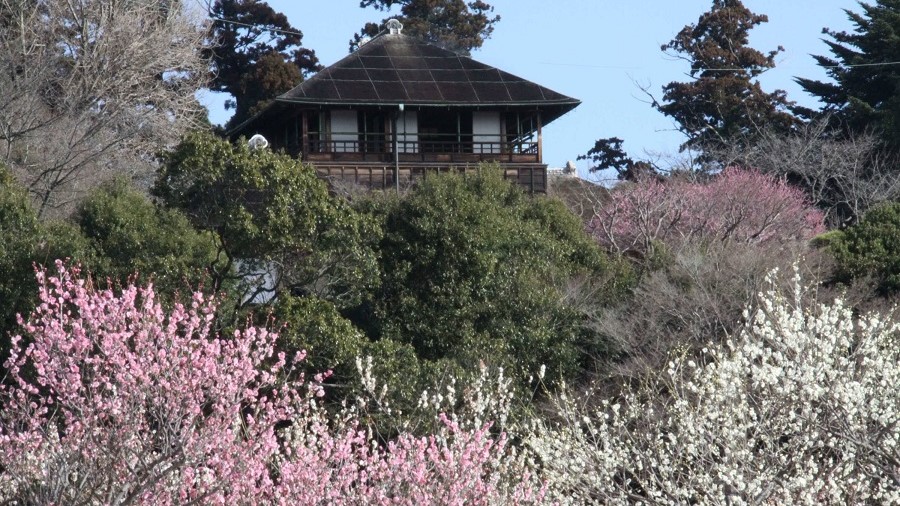
Kairakuen is a beautiful garden with 3,000 plum trees built by Lord Tokugawa Nariaki in the Mito Domain, making his retainers and people enjoy here.
